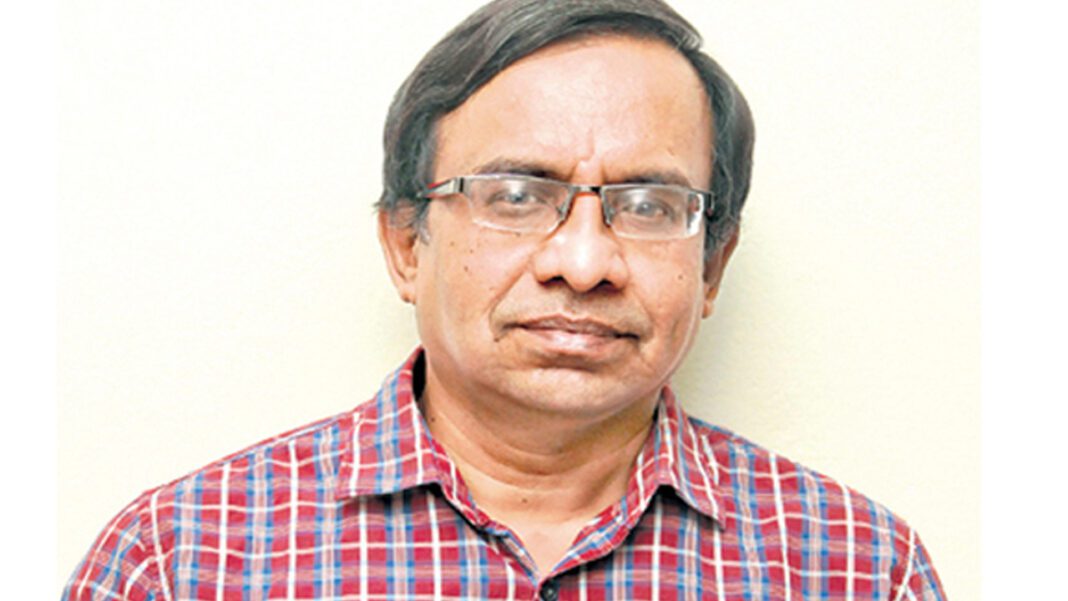The INDIA alliance has 144 MPs, while ‘neutral’ parties such as the Bharat Rashtra Samiti, YSRCP and the BJD have a combined strength of 70. Of course, in a parliamentary democracy, a government can be in power only if it commands a majority in the directly elected House. Article 75(3) of the Constitution embodies this rule by specifying that the Council of Ministers are collectively responsible to the Lok Sabha. So, for testing this collective responsibility, the rules of Lok Sabha provide a particular mechanism – a motion of no-confidence. Any Lok Sabha member who can garner the support of 50 colleagues, can, at any point of time, introduce a motion of no-confidence against the Council of Ministers. However, its outcome hinges on the line-up of parties — whether they are in support of the motion or otherwise — and the government of the day is bound to vacate the office if the motion is carried. IF.
ROUND-UP: No-confidence motion: Much ado about nothing

With Lok Sabha Speaker Om Birla admitting on Wednesday a no-confidence motion moved by Congress MP Gaurav Gogoi against the Narendra Modi government, the stage is set for yet another spectacular fait accompli in Parliament. At the appointed hour, fixed by the Speaker in consultation with all parties, the nation will witness another episode of the national soap as the 26-party opposition alliance INDIA chose to move the motion ostensibly to get Prime Minister Narendra Modi to speak in Parliament on the Manipur horror. Modi’s initial knee-jerk reaction to the latest tearjerker from Manipur cannot bring closure to the national shame. But the opposition alliance is, at best, rubbing salt into the wounds by predicating the Modi government’s commitment to women’s safety and security on the Prime Minister’s reasoned statement in Parliament.
The present no-confidence motion moved against the Modi government is the 28th in the Lok Sabha till date, with almost all the previous ones having been either defeated or rendered inconclusive, going by data compiled by a think tank. The last no-trust motion was in 2018, when then Andhra Pradesh Chief Minister Chandrababu Naidu’s Telugu Desam Party (TDP) quit the NDA over the demand for Special Category Status for his state. After a 12-hour debate on July 20, the Modi government defeated the no-confidence motion in the Lok Sabha by 199 votes. While 126 members supported the motion, 325 MPs rejected it. The session in the Lower House saw the Government and the Opposition trade charges.
It ended rather dramatically, with Congress president Rahul Gandhi walking over to Modi and hugging him, after a blistering speech. Modi returned the compliments. Terming the no-trust vote against his government the result of the Opposition’s “arrogance”, Modi called on all parties to dismiss the move and accused the Congress of working with the mindset of “Modi hatao (remove Modi)”. Responding to the debate on the motion, he said some people were indulging in “negative politics”. He also took a dig at Rahul, saying the Congress president appeared to be in a hurry to occupy the PM’s seat.
“Only the electorate of the country can decide his fate and make him sit on his chair,” Modi said, adding: “What is the hurry?” At least thrice governments have fallen till date during vote on a motion of confidence, which is a motion brought by the government to prove its strength. In contrast, a no-confidence motion is a formal proposal moved by a member against the government in Lok Sabha under Rule 198 of the Rules of Procedure and Conduct of Business in Lok Sabha.
According to data compiled by PRS Legislative Research, the highest number of no-confidence motions – 15 – in the history of independent India was moved against governments led by Indira Gandhi. In 1979, a no-confidence motion moved against the Morarji Desai government had led to his resignation, even as the debate remained inconclusive and there was no voting. Thrice governments have fallen during the vote of confidence – the V P Singh government in 1990, H D Deve Gowda government in 1997 and the Atal Bihari Vajpayee government in 1999. On November 7, 1990, V P Singh moved a Motion of Confidence in the Council of Ministers. The motion was defeated after the BJP withdrew its support over the Ram temple issue.
He lost the motion by 142 votes to 346 votes. Similarly, in 1997, the H D Deve Gowda government lost a vote of confidence on April 11. Deve Gowda’s 10-month-old coalition government fell as 292 MPs voted against the government, while 158 MPs supported. After coming to power in 1998, Atal Bihari Vajpayee had moved a confidence motion, which he lost by one vote on April 17, 1999, due to the withdrawal of the All-India Anna Dravida Munnetra Kazhagam (AIADMK).
In the present situation, the moot question is: Are the opposition parties looking for the choicest words of self-deprecation from the Prime Minister, considering that the parading of the two women naked happened in a state ruled by the BJP, with the so-called ‘double-engine government’ working neither individually nor in tandem? Shame is a rare emotion felt by politicians of all hues, regardless of whether they are sitting in the treasury benches or the opposition benches. Aside from being a symbolic protest, the no-confidence motion will not yield anything significant for the opposition alliance or women’s security, safety, and dignity.
The Lok Sabha currently has a strength of 543 and five seats are vacant. The BJP-led National Democratic Alliance has more than 330 members and the opposition alliance Indian National Developmental Inclusive Alliance (INDIA) has over 140. More than 60 members belong to parties not aligned with any of the two groups. While the majority mark in the Lok Sabha is 272, currently the NDA government has 331 members. For that matter, the BJP alone boasts of 303 MPs. Granting all non-NDA parties come together, the BJP still has the numbers to survive the no confidence motion.



